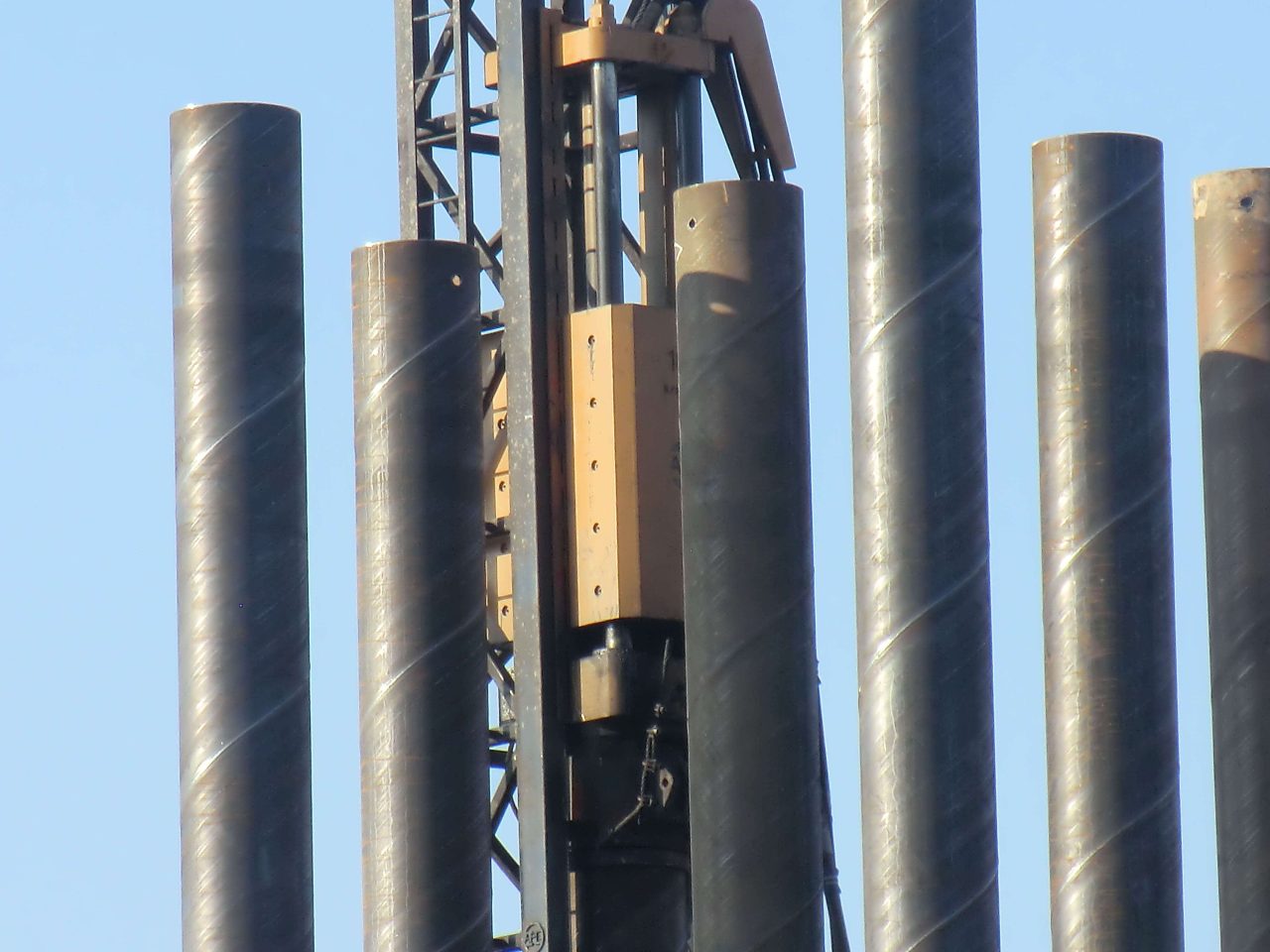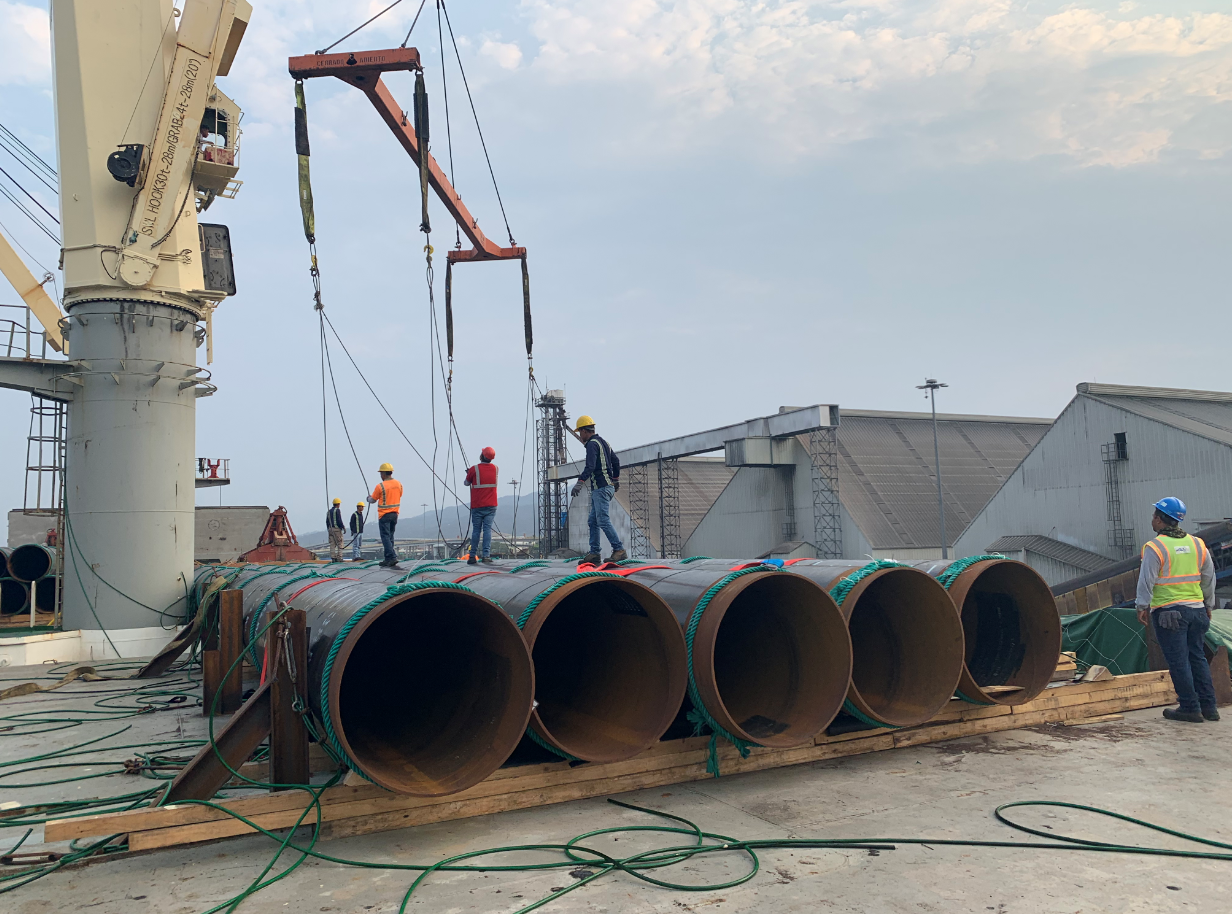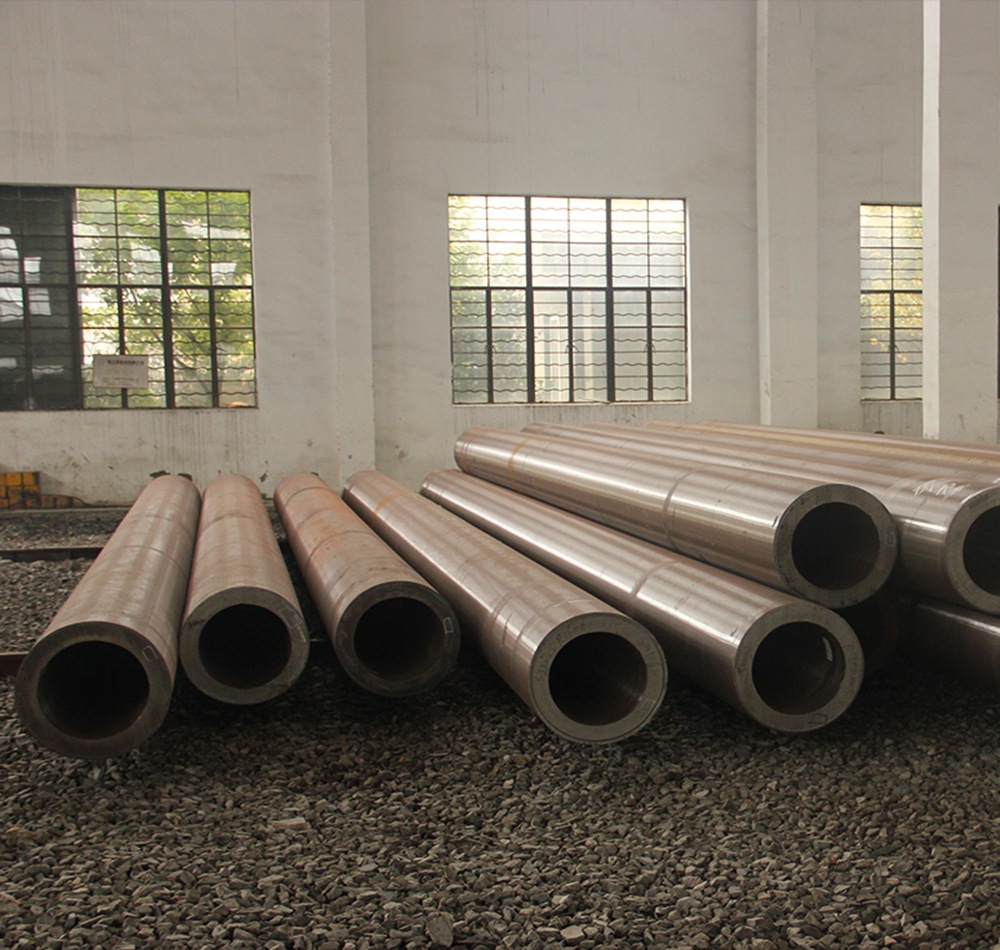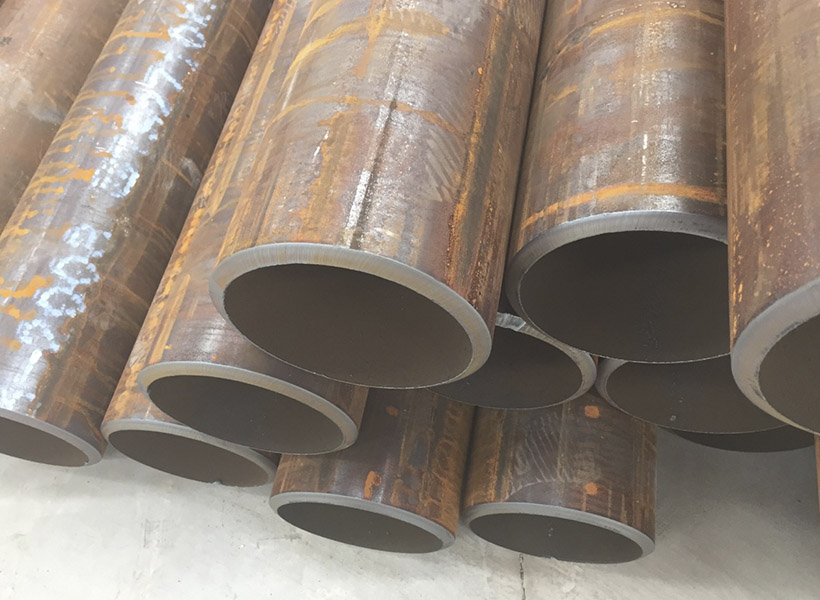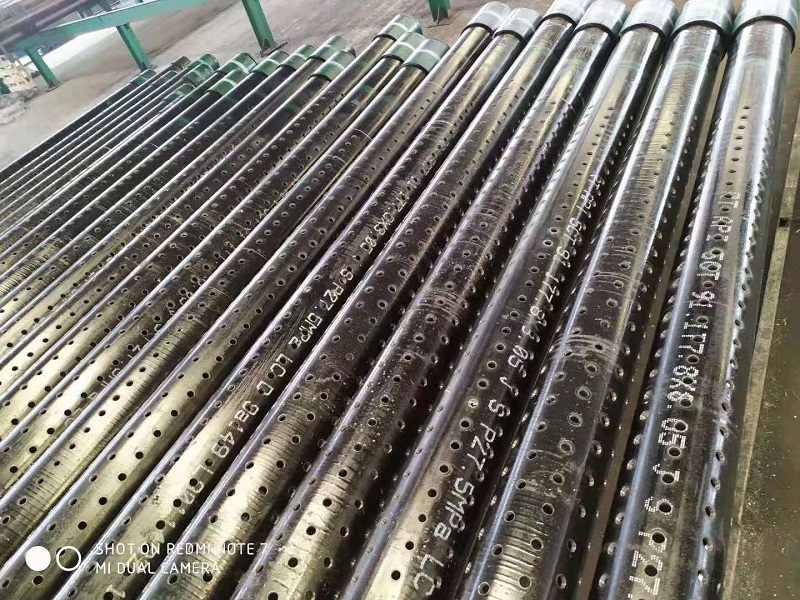Ống SSAW và ống LSAW: Comparing Submerged Arc Welded Options
SSAW (Hàn hồ quang chìm xoắn ốc) and LSAW (Longitudinal Submerged Arc Welded) pipes are both produced using the Submerged Arc Welding (CÁI CƯA) technology but differ significantly in their manufacturing processes, các ứng dụng, và tính toàn vẹn cấu trúc. Đây là một so sánh chi tiết:
1. Quy trình sản xuất
- SSAW Pipes: These are made by spirally welding a hot-rolled coil of steel. The process begins with the unwinding of the steel coil and forming it into a spiral shape, resulting in a helical seam. This method is well-suited for producing large-diameter pipes.
- Ống LSAW: These pipes are manufactured by bending and welding flat steel plates. Steel plates are molded into cylindrical shapes and then longitudinally welded along the seam. This method is preferred for creating pipes with high diameter-to-wall thickness ratios, suitable for high-pressure and high-strength applications.
2. Structural and Design Differences
- Shape and Seam: SSAW pipes have a spiral seam, which can potentially introduce stress concentrations, particularly under high internal pressures. Ngược lại, LSAW pipes have a straight seam that offers better mechanical strength under similar conditions.
- Diameter and Wall Thickness:
- SSAW pipes typically range from 20 inch để 100 inches in outer diameter, which makes them suitable for large-scale applications.
- Ống LSAW, Mặt khác, phạm vi từ 16 inch để 60 đường kính inch. They can accommodate a higher wall thickness compared to SSAW pipes, enhancing their ability to withstand higher pressures.
3. Chi phí và hiệu quả
- Trị giá: SSAW pipes are generally cheaper to produce than LSAW pipes due to the efficiency of the spiral welding process and less stringent tolerance requirements for certain applications.
- Hiệu quả: The production efficiency of SSAW pipes is higher as the process allows for continuous manufacturing without interruption. LSAW pipe manufacturing is slower and more labor-intensive, especially due to the longitudinal welding and the need for multiple repositioning of the material.
4. Các ứng dụng
- Ống SSAW: Due to their cost-effectiveness and large diameter capabilities, they are primarily used in applications such as water transport, sự thi công, and in certain low to medium pressure oil and gas pipeline projects.
- Ống LSAW: These are preferred for high-pressure applications such as the oil and gas industry, where the pipes are subjected to both high internal and external pressures. LSAW pipes are also used in offshore constructions and other high-stress applications due to their higher structural integrity and straight seam.
5. Precision and Tolerance
- Both types of pipes have moderately precise thickness tolerances, but LSAW pipes generally offer higher geometric accuracy due to the nature of the longitudinal seam and controlled manufacturing process.
Phần kết luận
Việc lựa chọn giữa ống SSAW và LSAW phần lớn phụ thuộc vào yêu cầu cụ thể của dự án, bao gồm cả áp lực dự kiến, nhu cầu cơ cấu, và hạn chế về ngân sách. Ống LSAW, trong khi đắt hơn, cung cấp hiệu suất tốt hơn trong môi trường áp suất cao và nơi mà độ chính xác hình học cao là rất quan trọng. Ống SSAW, cung cấp đường kính lớn hơn và tiết kiệm chi phí, phù hợp cho rộng hơn, ứng dụng ít áp lực hơn.

